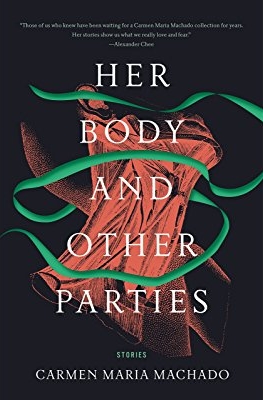The Zen Curmudgeon
by Zak Podmore
All day he walks ahead of me, his body lithe and his feet sure as he skirts the canyon’s edge. At times juniper branches grab onto my pack, but they never seem to touch his. After five decades in the desert, his bag is as much a part of him as the top of his head or the width of his shoulders.
Anywhere that can be hiked in a day is merely training, he tells me; anywhere that can be reached by a trail is for the tourists. The goal is to find a place where you can ask this question: How many centuries have passed since someone else stood here?
This landscape is alive with ancient traces--pictographs, cliff dwellings, arrowheads. He points to a crack running down a boulder like a lightning bolt and says, there’s a painted pot in there.
I believe him. He is seventy-one. Together we’ve lived exactly one hundred years.
The first day we hike for nine hours straight and in that time he never stops talking. Wild, ranging conversations and soliloquies and rants. He speaks of his past, local politics, the battles for Utah wilderness. He reads the fortune of our doomed town and our doomed state and our doomed planet, and explains that nothing is ever truly doomed. Tales flow from the years he has spent camping and hiking alone. Snooping, he calls it.
Again and again he takes a stand--controversial, untenable--and holds it against all my objections until I relent and he is free to walk out the line of his own reasoning. He then lets his argument guide him in a great arcing loop until everything he’d first claimed is knocked on its side. When he finally returns to where he started, he is holding some new view with as much conviction as the first. In the morning I pointed this out, but I soon realized to talk oneself in circles was exercise. Koans stretched across miles of slickrock. The point of a walk is to return to your door transformed, not hardened in your habits.
In nine hours, we pause only to down a fistful of peanuts and to refill our water jugs in a hidden spring.
He was once a poet and he recites lines to the moment. Upon crossing an ATV track and seeing the melted hunks of bottles and cans in an old campfire it is Richard Shelton:
This is the desert
It is all we have left to destroy
Years ago, he walked away from career after career to come here and walk. And eventually he left a marriage in the city to live closer to the canyons. The daughters he helped raise will hardly talk to him anymore. Now it’s feet to the ground every day.
What can the old hope for? he asks, quoting a question once posed to an Australian aboriginal elder. Strong legs, the man had answered.
Then he recites a few lines he wrote thirty years before:
I am learning to be an old man
It is slow work
I am taking my time
Every winter, he goes south to spend months among the saguaros, and he hikes both sides of the border fence. Once he came across two bales of marijuana laying in the American cactus--packed into tight green blocks and dropped on the run. He buried them for later.
This year he found a skull, a human skull, clean and white as paper in the moonlight. Two dark caverns of eye sockets guarded a little shade where a man’s memories once rode. Teeth lined the jaw. There were no ribs or femurs or vertebrae, just the skull. The ranger he notified told him this was not the thirst-driven death of a migrant; this was a message, a marking of territory. Like a dog pissing on a telephone pole. He shows me a picture on his phone.
In nine hours, his pace never slows, but as the winter light sinks into the afternoon rock, I notice how his boots began to scrape across ledges as we move uphill. It is as if he has to pause for them to catch up as one might pause for an old hound scrambling up a steep slope behind.
We walk through the sunset while he searches for the perfect campsite. He wants it to face east toward the rising sun. He insists it have a sandstone wall so he can wake up in his sleeping bag and lean against the wall while he drinks coffee in the first warm light. We never find the right spot. He worries we’ll run out of water tomorrow.
There are more days like this, but a week later, I’m in the canyons alone. I return and find the painted pot tucked in its hiding place. It is a seed jar, orange with red paint, and it’s at least eight hundred years old. I think of the thousands of artifacts that have already disappeared from this mesa. I sense the destruction creeping across the land even as I crouch in the quiet sunlight before the patient pot.
Leaving the jar where it belongs, I sit with a notebook. Koans, desert, doomed. Pen touches page and twenty words pour out for my friend with the strong legs:
Still walking ahead
The zen curmudgeon
Offers slickrock syllogisms
To the fading light--
We're fucked, he says,
Isn't it beautiful?
Zak Podmore is a current degree candidate at The Mountainview Low Residency MFA in Fiction and Nonfiction.




